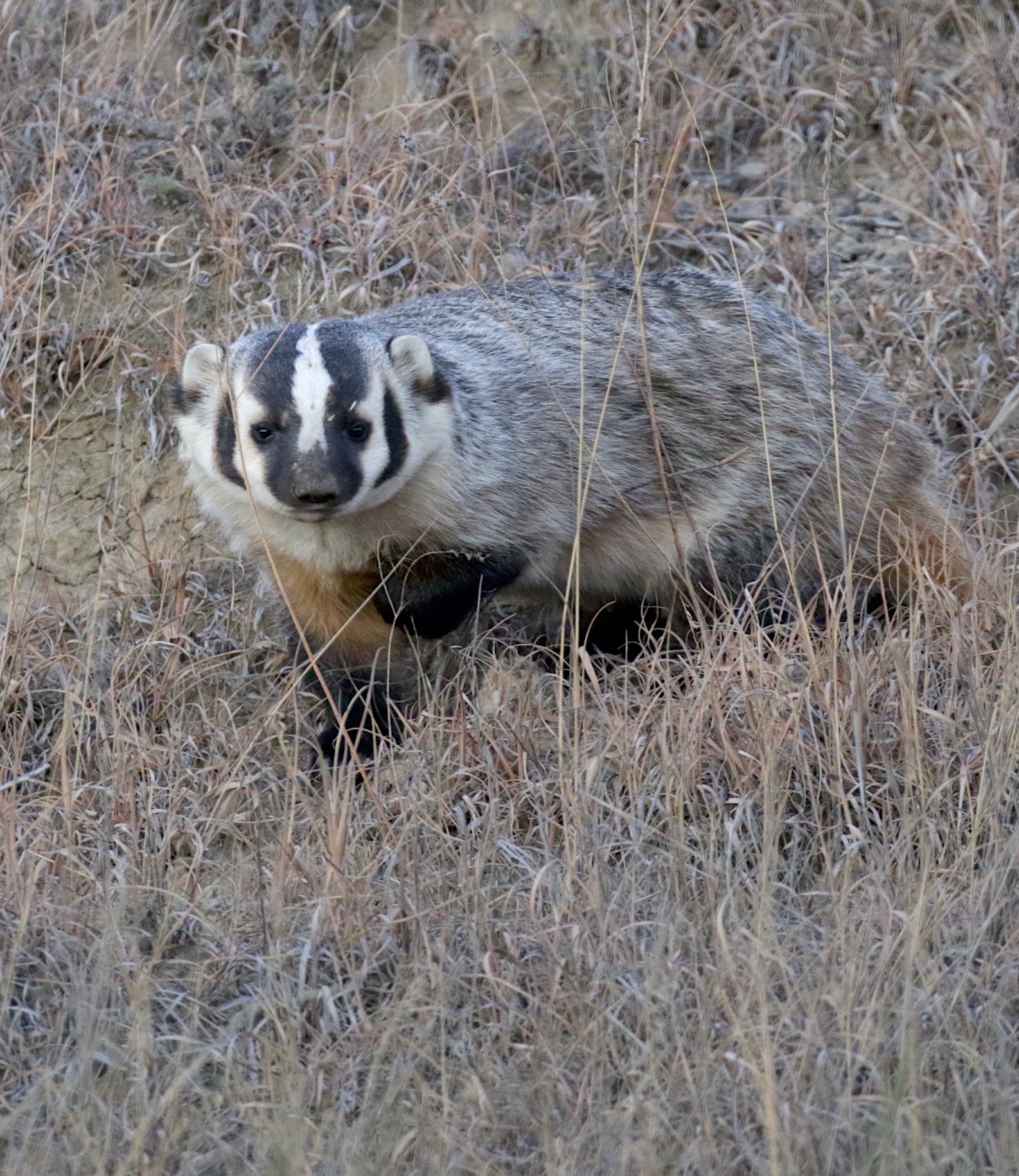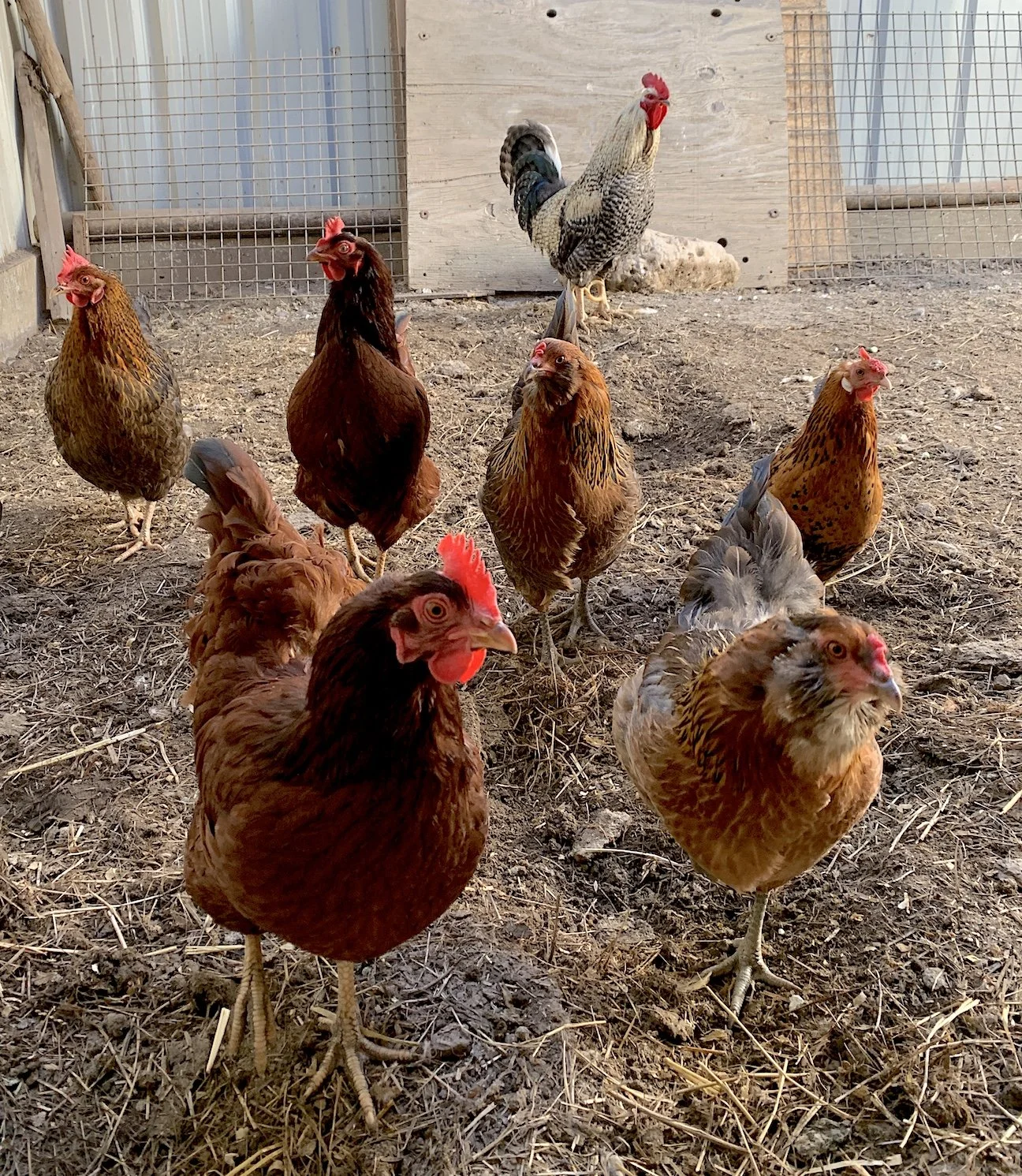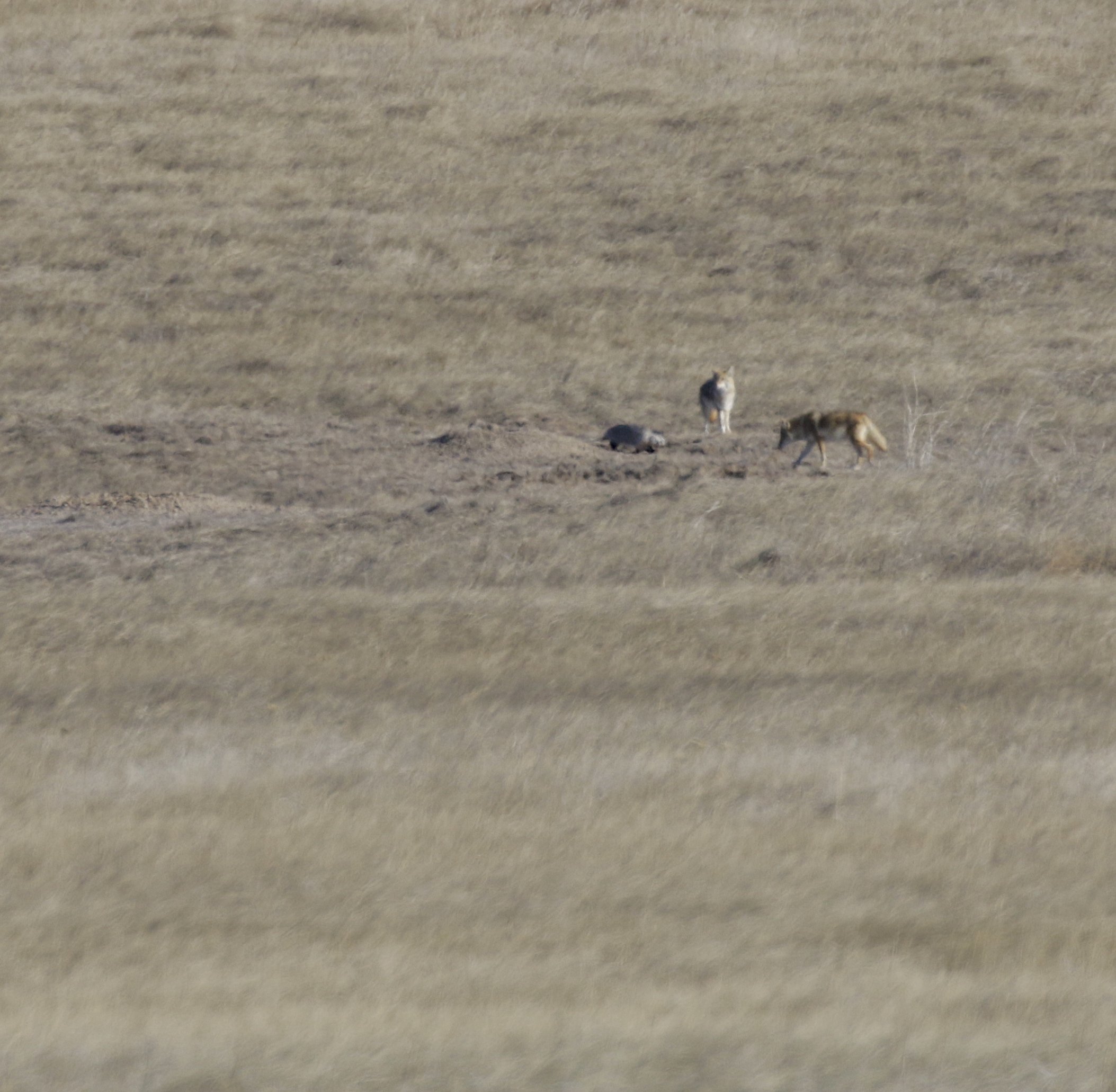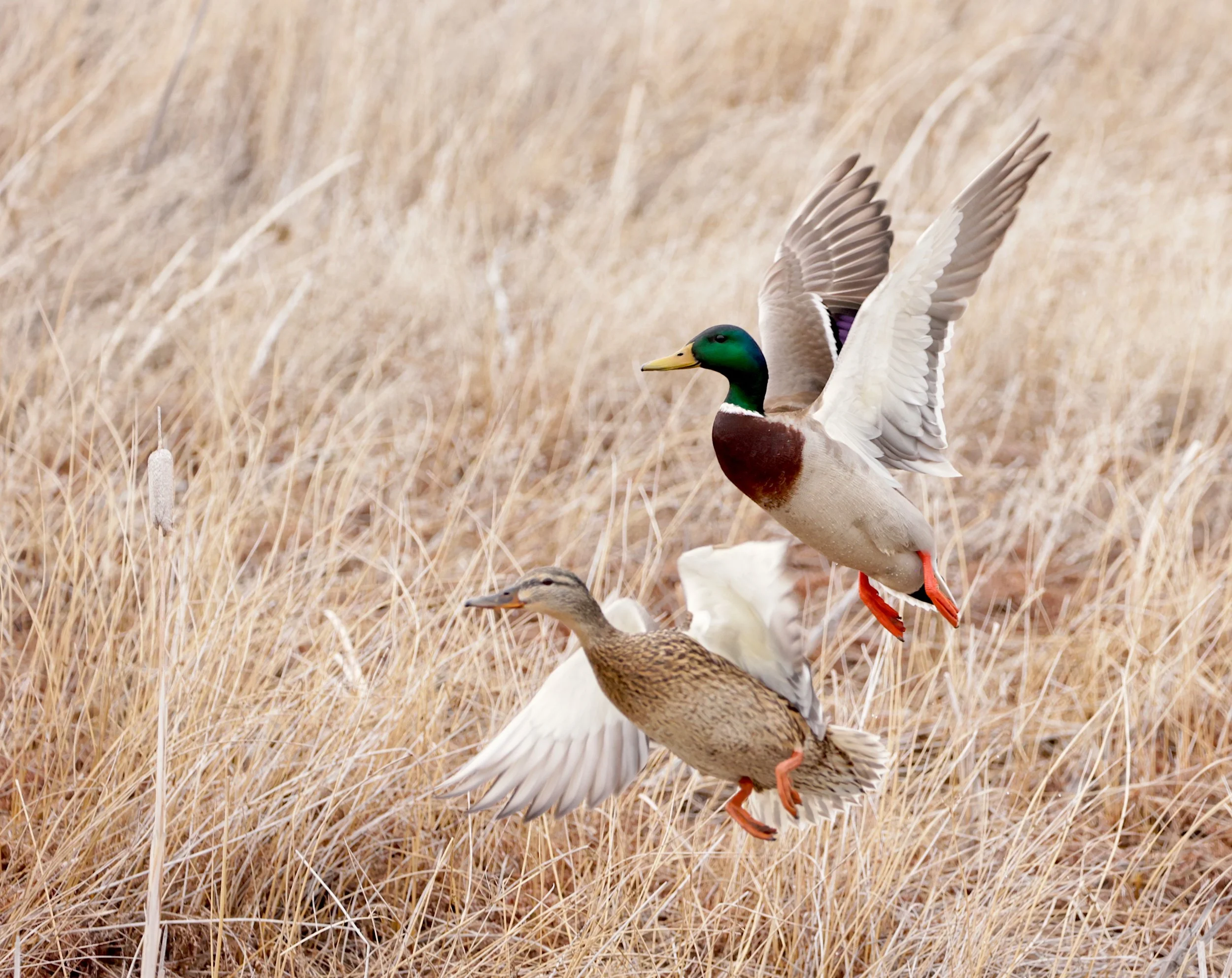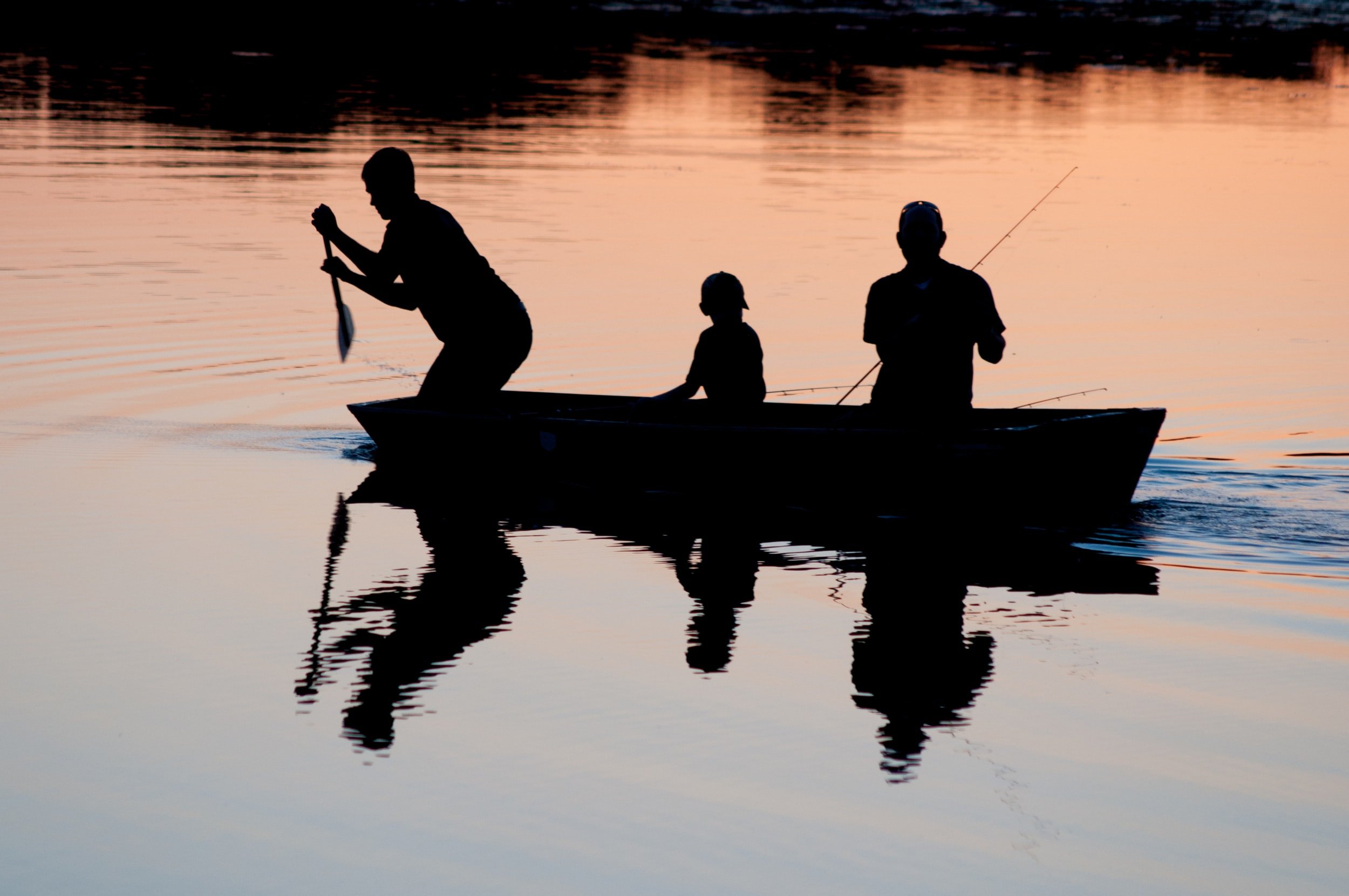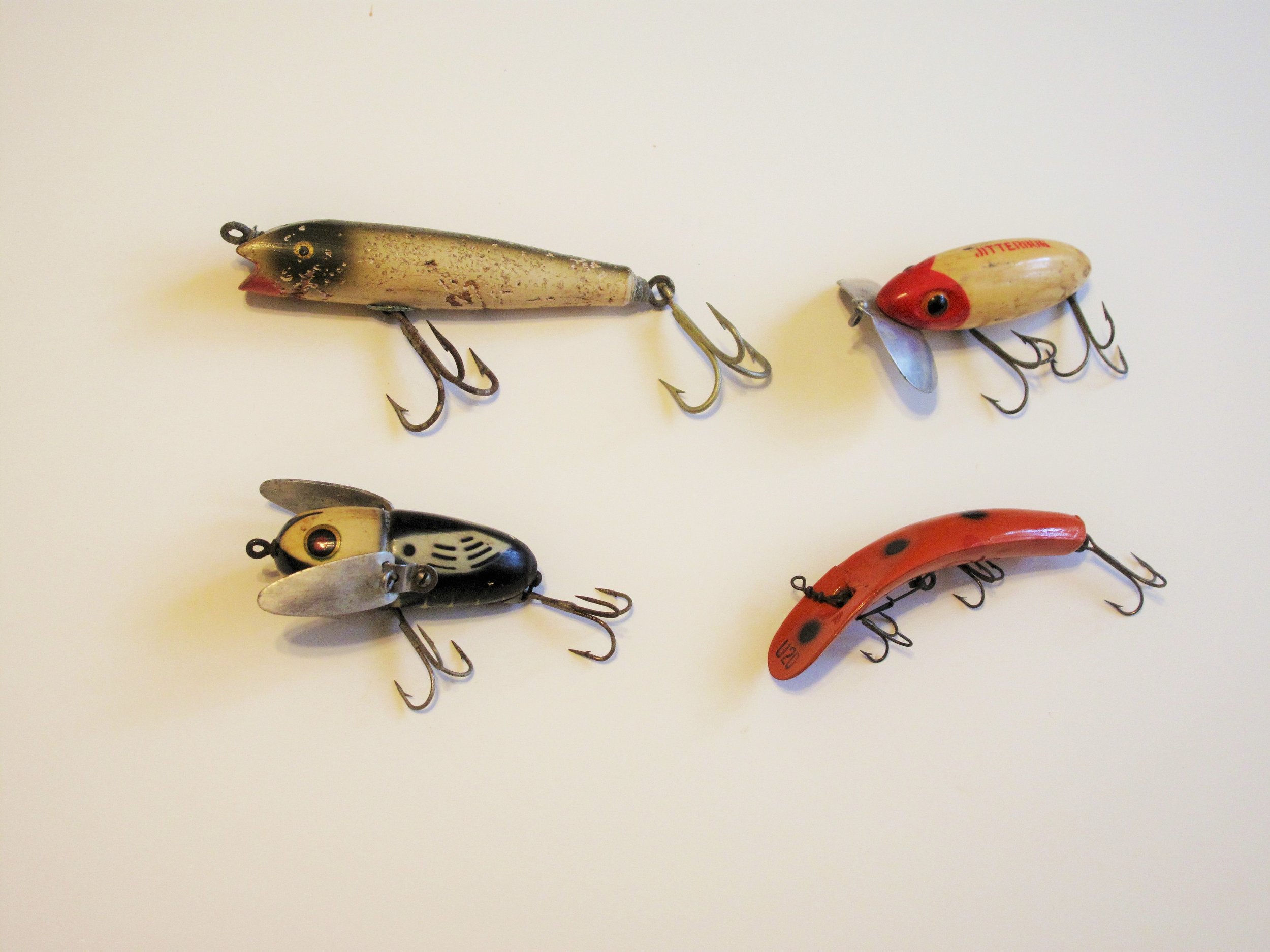The Badger Is Part “Goodger”
If you recognize the critter in this picture as the North American badger, you have the right animal, perhaps the wrong name.
It's really a “goodger.”
I say “good”ger in opposition to the commonly accepted name “bad”ger (Taxidea taxus) because this 15- to 25-pound, subterranean member of the weasel family isn't as bad as most folks think.
Well, in some ways it's bad. But in many ways it's good.
You don’t often notice the black legs of a badger because he’s built flat, wide, and low to the ground. When running in short grass, a badger reminds me of a slab of animated shag carpet bouncing along.
Good Behavior By Badgers
I grew up hearing all about the low-down, mean, angry, vile, nasty badger that would tear up a dog, shred a full-grown man, and probably eat a grizzly bear foolish enough to mess with it. Yet I've given many badgers ample opportunity to live up to their reputation -- and they haven't. My hide is still intact and unscarred.
When, as a rambunctious teenager, I chased badgers, they fled. When caught in traps, they hissed and snarled. But they never attacked me. As a budding wildlife photographer, I once chased a badger to its den, lay prone within spitting distance, and exposed Kodachrome as the beast popped in and out of its burrow 15 feet away, feinting back and forth in an effort to figure me out. But it did not pounce on my head and tear my ears off. I’ve followed other badgers on their hunting excursions in remote Idaho grasslands. They largely ignored me. Twice I’ve seen them hunting alongside coyotes in prairie dog towns. Once a coyote even grabbed one by the back and flipped it into the air! The two danced back and forth like a couple of puppies, then went back to scouring the town for dinner.
So why the fearsome reputation? Probably because badgers can and do fight like the devil when cornered -- and most folks only see them when they're cornered. Farmers find them in a barn or feed bunk. Suburbanites discover one in the garage or against a chain link fence in the yard. Feeling trapped, a badger will act aggressively, and he has the speed, agility, claws, teeth, and muscle to intimidate the biggest foe. Badgers live inside lushly furred, loose hides that shift and yield, making if difficult for attackers to get a decent grip on this tenacious adversary. Any dog that sticks it head into a badger hole is coming out, if it comes out at all, with rearranged facial features.
Despite their armament, badgers don't go about the countryside launching unprovoked attacks. They will, however, take advantage of any small livestock humans make available. I once trapped a badger that had clawed its way into a farmer's chicken barn. A dozen white hens lay bloody and mangled. Several more were crushed to death as they huddled to stay clear of the mayhem.
And self-respecting badger that gets into a confined space with a pack of tender drumsticks like these is going to kill to excess.
Why The Wanton Killing?
That sounds like enough carnage to justify the badger's vile reputation, but, on closer examination, really isn't. Excessive killing like this is merely instinct. Think about it: A predator is programmed to catch elusive game. In the wild this is difficult, and once a prey animal is grabbed, any others in the vicinity flee. At that point the predator assuages its hunger by eating what it has caught. But when prey is trapped in a confined space, the predatory urge to attack and kill continues to be stimulated by the target-rich environment. A badger kills a chicken and, before he can settle in to dine, is distracted by another squawking, flapping chicken. Back to the attack! And on and on.
Wolves have been recorded doing this in caribou herds, grabbing young calves, killing them with a bite or snap of the neck, and then continuing the chase to kill more and more without eating but one or two of the last ones killed. Cougars have bene documented killing dozens of domestic sheep from one herd in one night. Ditto coyotes. Thrill killing? Perhaps. Bad, wasteful behavior? Maybe. From our perspective it certainly seems to be. But not from Nature's perspective. Nature/God programmed wild predators to operate this way and they and their prey have somehow thrived for millions of years.
Two coyotes and a badger hunting prairie dogs. The long range, super telephoto image is compromised by atmospheric distortion, but note the differences in size and shape. Clearly the short-legged badger wasn’t built for running with the big dogs. But the coyotes aren’t engineered for moving quickly through small tunnels, either. We suspect the badger digs into prairie burrows to catch them while the coyotes wait for any to pop out. This is a dramatic example of a rare, non-confrontational, symbiotic relationship among predatory animals.
Digging Up a Bad Badger Reputation
Fighting and excess killing aren’t the only reasons we label badgers as bad. They also dig large holes in pastures and fields. But condemning them for this like condemning pheasants because they eat corn, squirrels because the bury nuts, maples because they drop leaves, rain because it sometimes washes away roads.
Badgers just do what they are supposed to do. They are designed to dig for dinner with long, sharp, stout front claws and short, thick legs that throw dirt rearward faster than a man with a good shovel. Or so it is said. I haven’t raced one. But plenty of gophers and ground squirrels have. Each has a chance to escape, but not a good chance.
Next time you see a road-killed badger, check out its front feet and claws. Non-retractable, stout, and backed by short, muscular legs engineered for ripping up ground — or anything else. The tips are not particularly sharp, however.
Surprisingly, badgers are effective above ground predators, too. A friend of mine once photographed one chasing and catching a cottontail in an open pasture! To upland bird hunters’ dismay, they also find and eat the eggs and young of ground nesting birds.
Badgers are meat eaters almost exclusively, but they relish snakes and insects as much as birds, rodents, and rabbits. Whatever flesh they can catch or scavenge goes down the hatch, and most of what they catch lives underground, so they dig to live. While burrows and dirt mounds upset farmers and ranchers, they please most other creatures. Skunks, red fox, swift fox, coyotes, jackrabbits, cottontails, burrowing owls, snakes and even toads use old badger diggings for housing. A badger's excavations aerate soils, open them to plant diversification and funnel rainwater deep underground. Wildflowers incapable of finding a foothold amid matted grasses sprout nicely on the tilled soil of badger mounds.
A young badger wading through what was likely its first encounter with snow. Note the short ears. Just the right size for getting through subterranean tunnels.
Badgers are primarily nocturnal, but you'll often find them roaming in daylight. If you do, don't be afraid to follow. If they dive down a hole, wait quietly nearby. Curiosity often brings them out, and that's a great way to get a close look and good photograph of North America's only "goodger."
# # #



